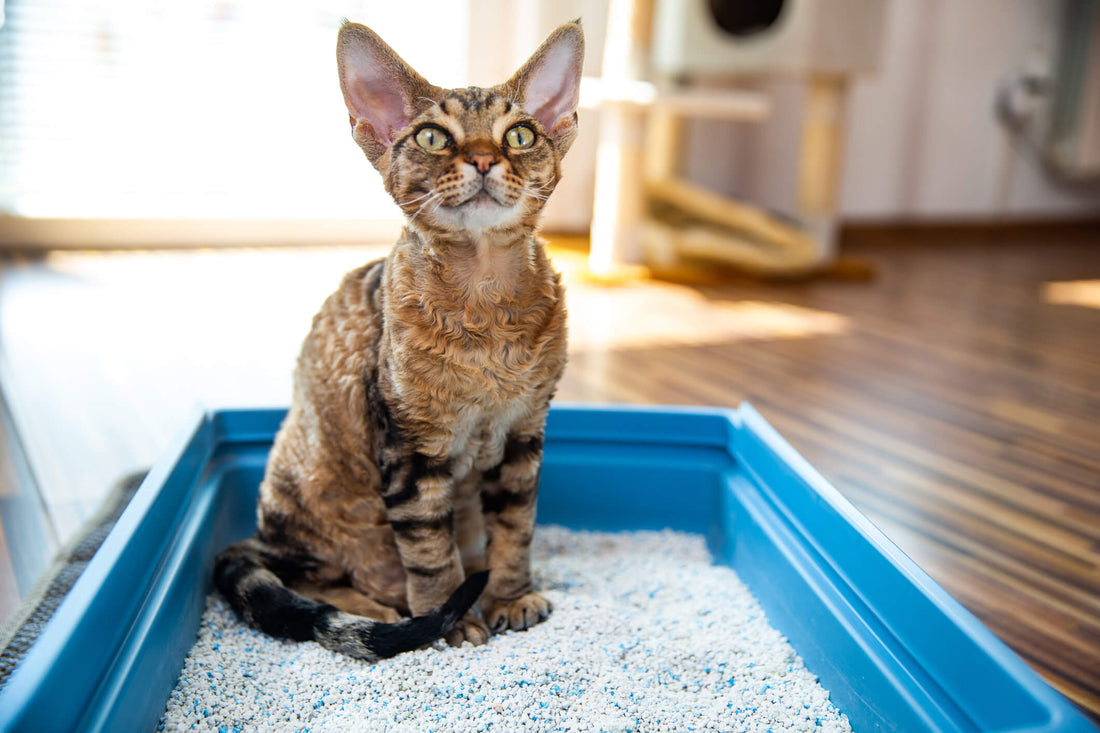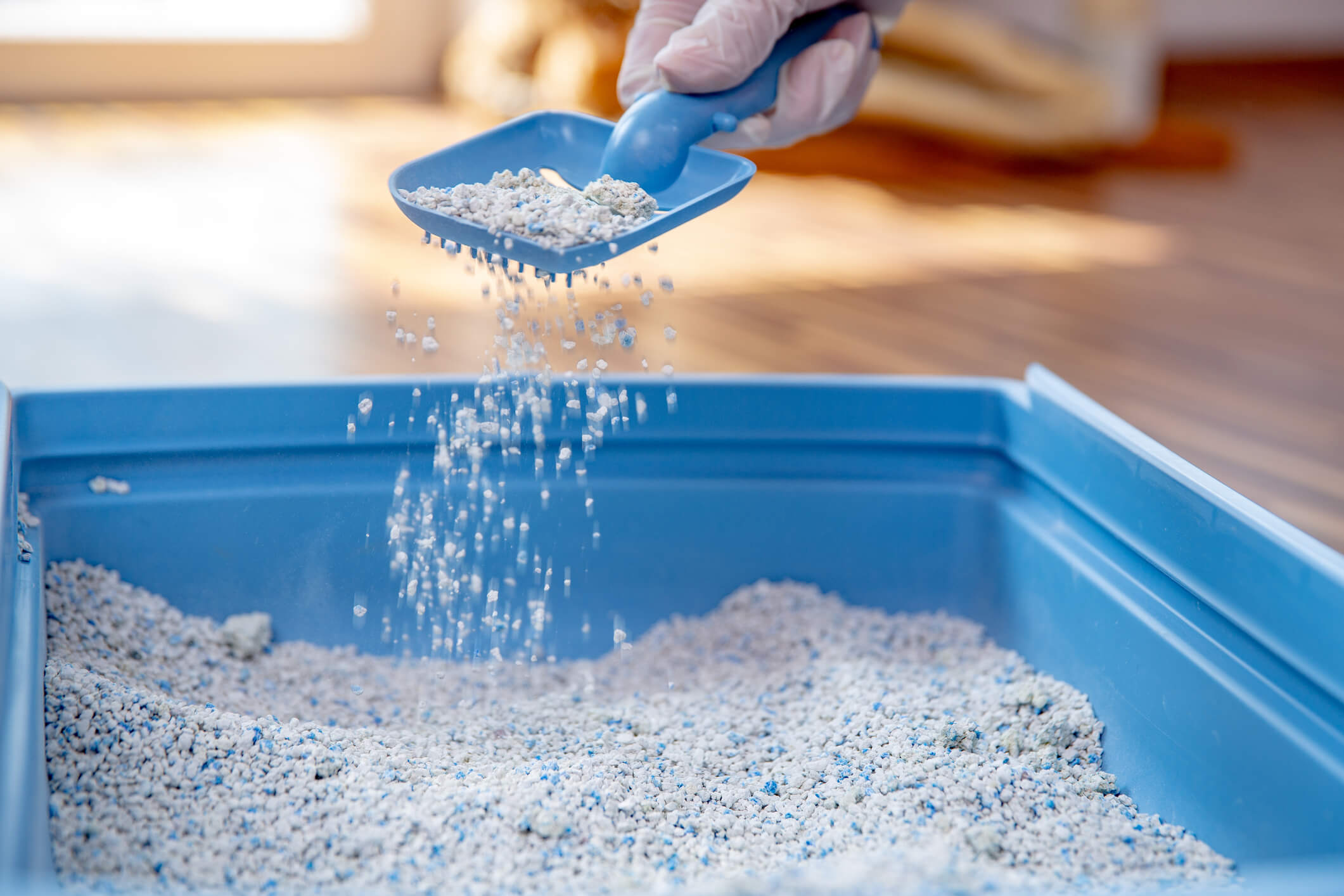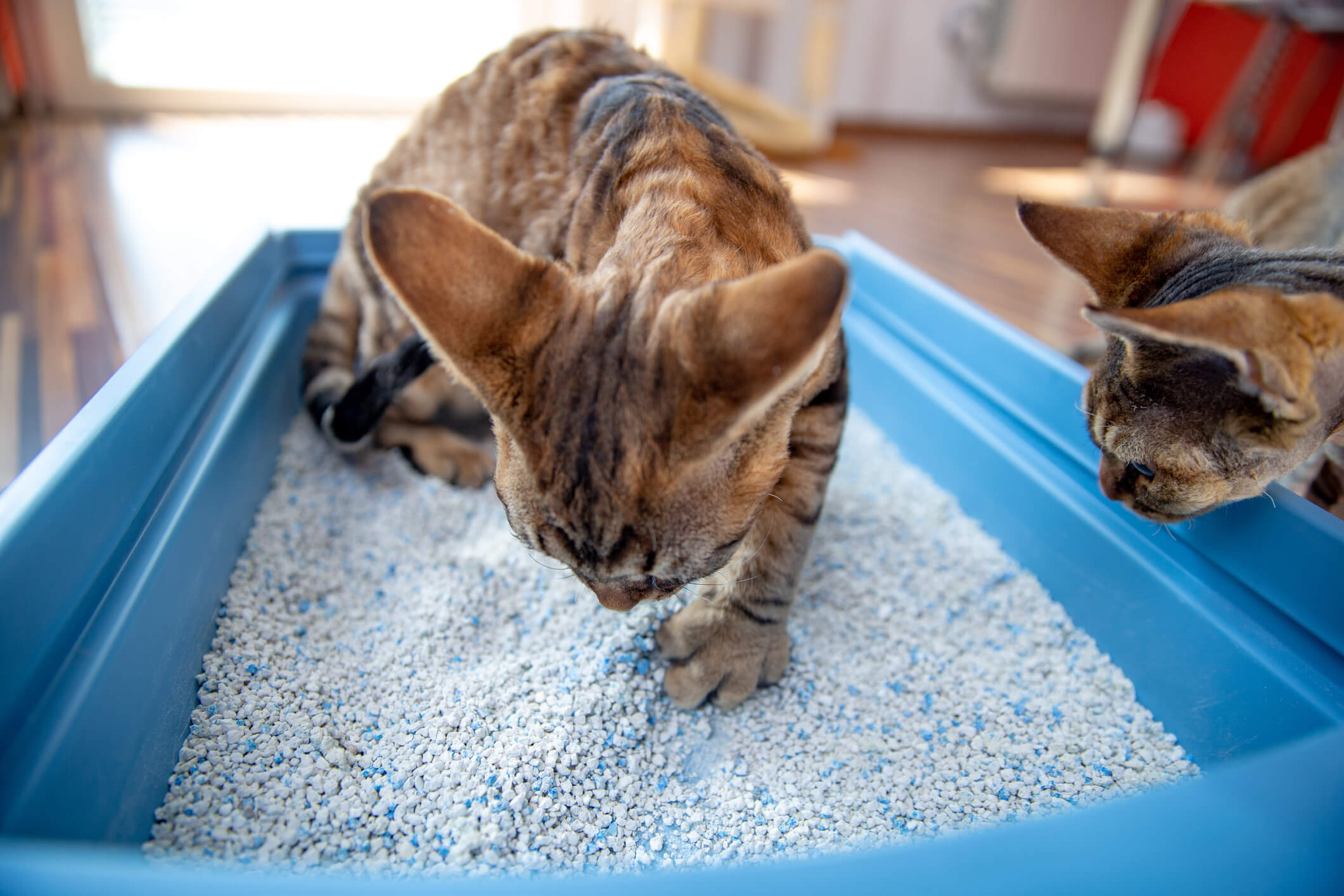
Cat Litter Box Training 101
Newly adopted cats tend to leave unwanted gifts around the house. You could set up plenty of litter boxes, and yet your fur baby might refuse to use them. Too many owners assume that since cats instinctually bury their business, they’ll know to take their potty breaks inside litter boxes. This simply isn’t true—untrained cats might need your help!
Here are a few basics to keep in mind as you begin litter box training your cat.
Collect the right supplies
You’re going to need a couple litter boxes and some litter. Make sure there’s one litter box per cat in the house, plus one extra. A sufficient number of litter boxes will ensure your kitties have plenty of bathroom locations to choose from. There should be litter boxes on every level of the home in private yet easily accessible places.
The type of litter box you choose matters a great deal. Senior cats often need boxes with a low wall that’s easy to climb over because they often suffer from painful joints. Some cats prefer a covered litter box for the sake of privacy, while others might find a cover too restraining. Alternatively, uncovered boxes provide greater mobility but can leave kitties feeling exposed. Buy at least one covered and uncovered litter box to see which type your cat uses the most.
Litter boxes have to be the right size, too. Kittens need smaller boxes with low sides, while adult cats need bigger ones. The litter box should provide enough room for the cat to circle around and stand at their full height without touching the walls. A box that’s too big or too small might discourage your cat from using it, which leads to more accidents around the home.
Finally, consider which type of litter you’ll put in the boxes. Some cats have zero preference, but others are rather finicky about scent and texture. Start off with unscented clumping litter, as this seems to be a safe bet for most cats. Artificial fragrances can aggravate allergies, and clumping litter is much easier to clean for owners. Once your cat is litter box trained, you can experiment with other types of litter by slowly mixing in a new brand with the current stuff.

Introduce your cat to the litter box
Ideally, a newborn kitten will associate potty breaks with the litter box by observing their mother. For this reason, the cat mother and children should not be separated for a few week after birth. Unfortunately, a kitten who doesn’t learn from their mother will require more effort in order to become litter box trained. However, it’s still possible to litter box train a kitten without help from the mother.
Gently place the cat inside a litter box. Give them the freedom to sniff and explore the litter box on their own. Allow the cat to leave if they don’t feel comfortable inside the litter box. Forcefully confining a cat to a litter box can trigger stress and anxiety, and they’ll develop a negative association with the box. Kittens and untrained adult cats will grow accustomed to it on their own time.
After placing your cat in the box, rake your fingers through the clean litter to act as if you’re burying waste. Over time, the kitten should start to copy this motion. You can also gently sue their paw to demonstrate. Cats have a natural instinct to bury urine and feces in sand or other granular materials, regardless of whether or not they learned proper litter box habits from a mother cat.

Reward proper litter box habits
Cats don’t associate punishment with bad behavior. However, they are able to make the connection between a reward and good behavior, like using the litter box. Give your cat a treat or piece of dry food every time they urinate or defecate in one of their litter boxes. Reward systems encourage cats to do their business in the right places instead of on the floor. Once your cat uses litter boxes on a regular basis, slowly cut back on the rewards so they don’t expect a treat every time.
Patience is key in the litter box training process. Cats learn good behavior through praise, not punishment. If your cat defecates on the floor, simply clean up the mess while your cat is present. Put waste in the litter box where it belongs so your feline friend knows they should take potty breaks there from now on.
Litter box training takes some time, but rest assured your kitty will soon become a pro. A few accidents are bound to happen along the way. Training your cat requires some trial and error, so you might have to swap out litter brands or move the box to a better place. With the right type of box, litter and location, any feline can learn to do their business in an appropriate manner.


